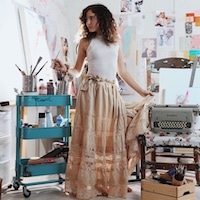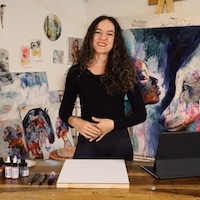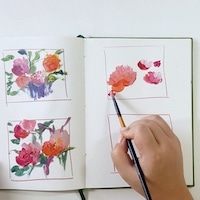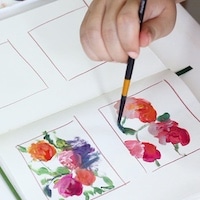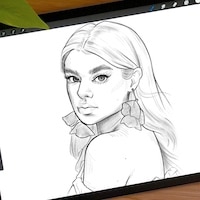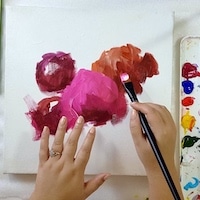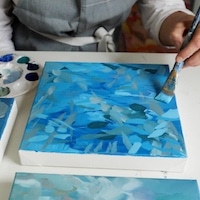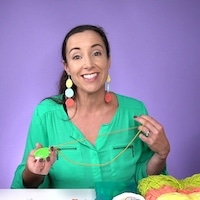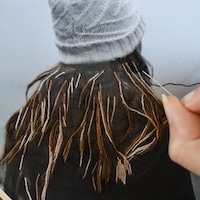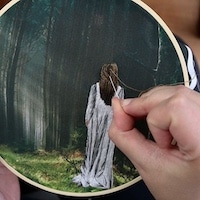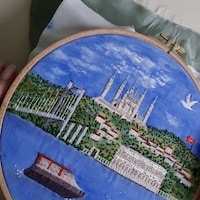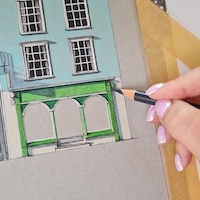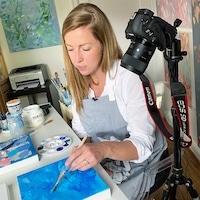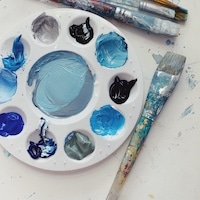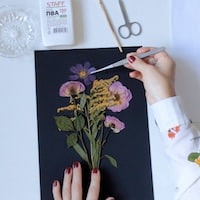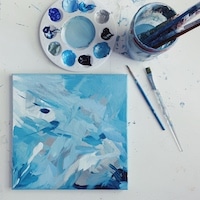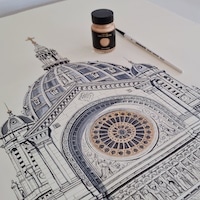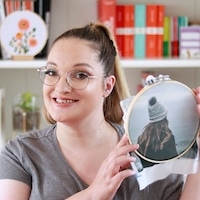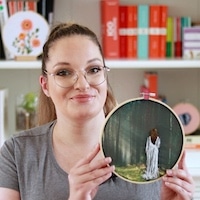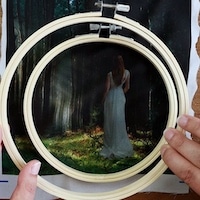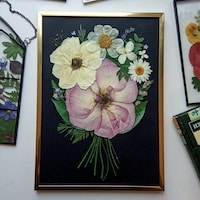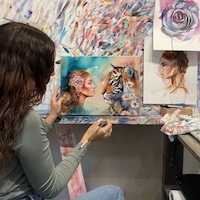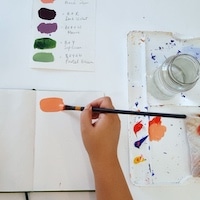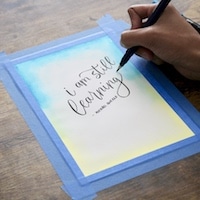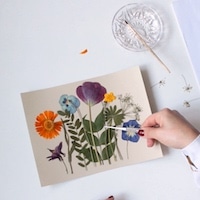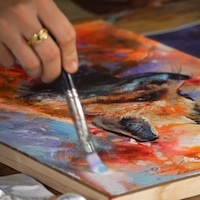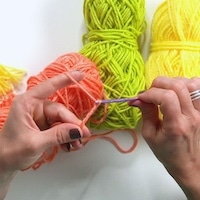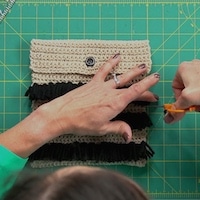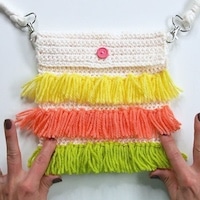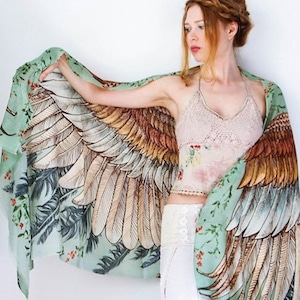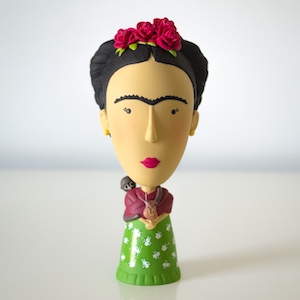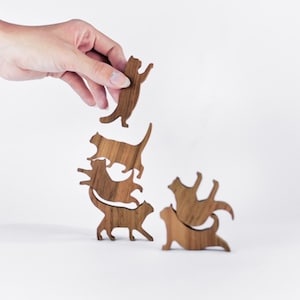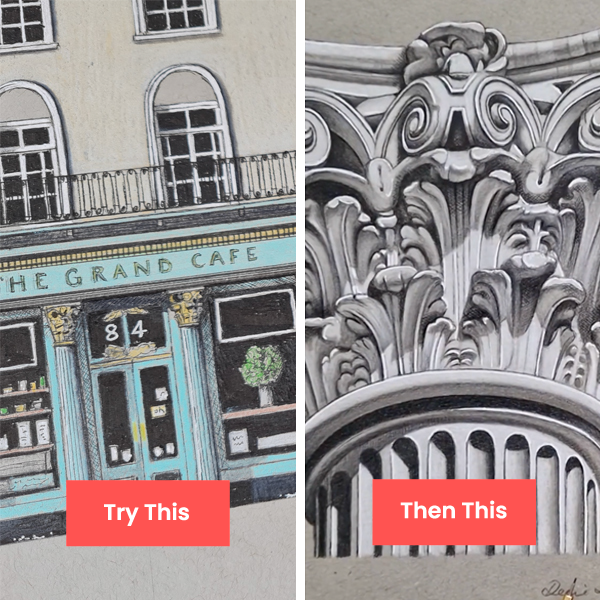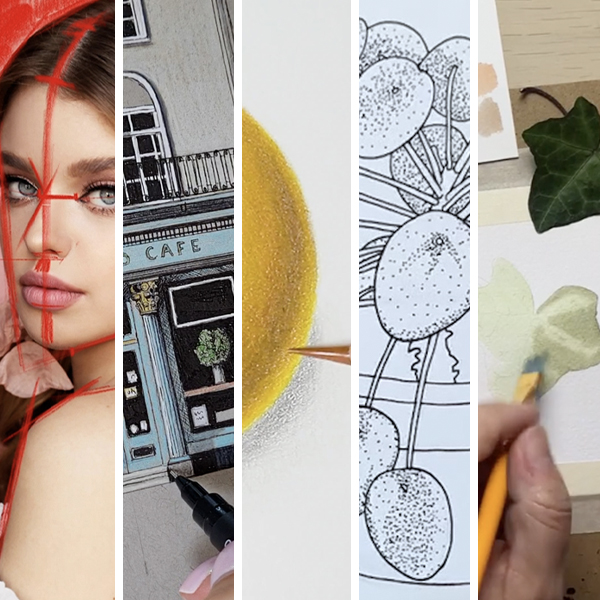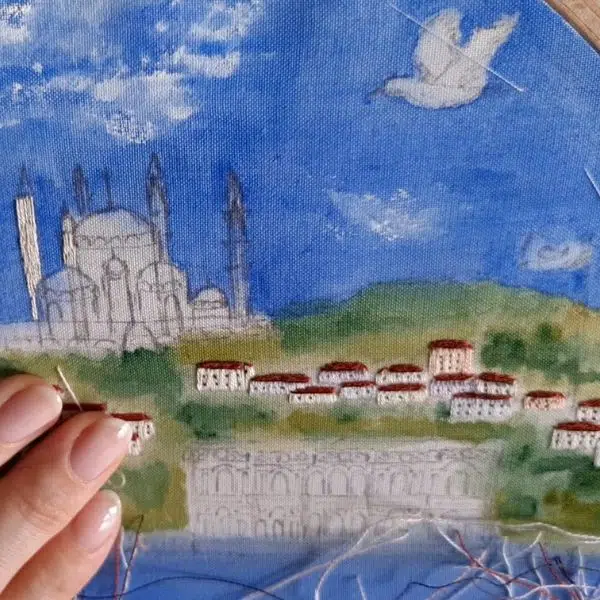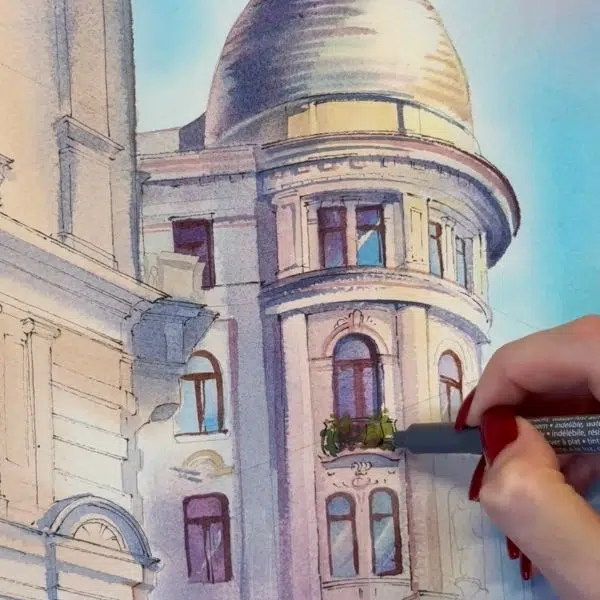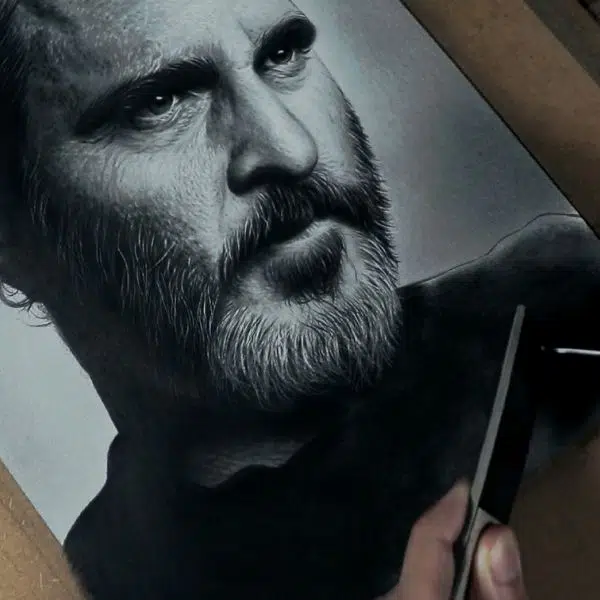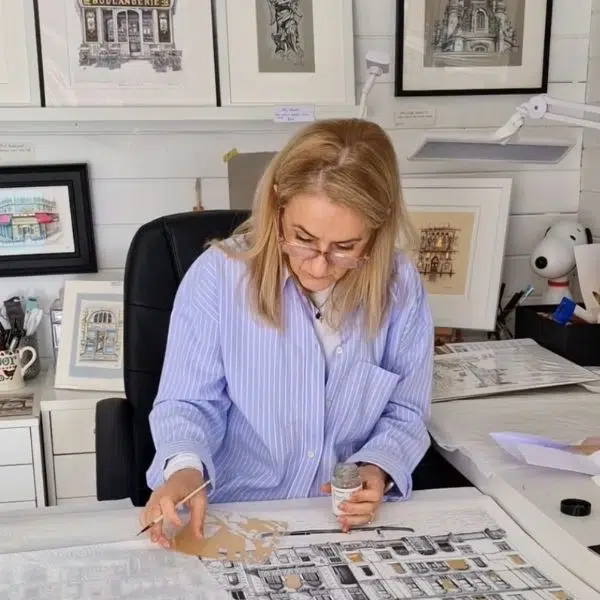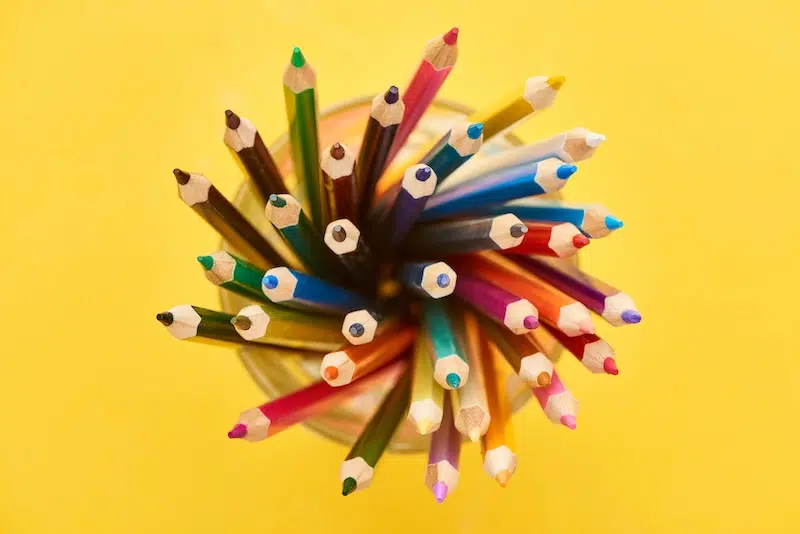
Photo: NatIZR/Depositphotos
As with any new endeavor, learning how to draw with colored pencils can be intimidating. After all, there are so many different brands of pencil to choose from, an overwhelming variety of paper qualities and weights, and an arsenal of extra gadgets geared specifically towards colored pencil drawing. But don’t worry: My Modern Met Academy has a new class, Colored Pencil for Beginners, that teaches you the basics of realistic drawing.
From now until April 14, 2025, you’ll get 10% off the class’s regular price of $34.95 with the code COLOREDPENCIL10. This pre-enrollment gives you full and immediate access to the whole online class when it launches on April 15, 2025. So, grab your pencils, experiment fearlessly, and let your creativity lead the way.
We’ve also put together a mini guide to help you get started. Read on to learn more.
(Please note that this pre-order with the code gets you a 10% discount, but the class itself launches on April 15, 2025.)
If you're interested in learning how to create art with colored pencils but feel overwhelmed, My Modern Met Academy has got you covered with a new class, Colored Pencil for Beginners.
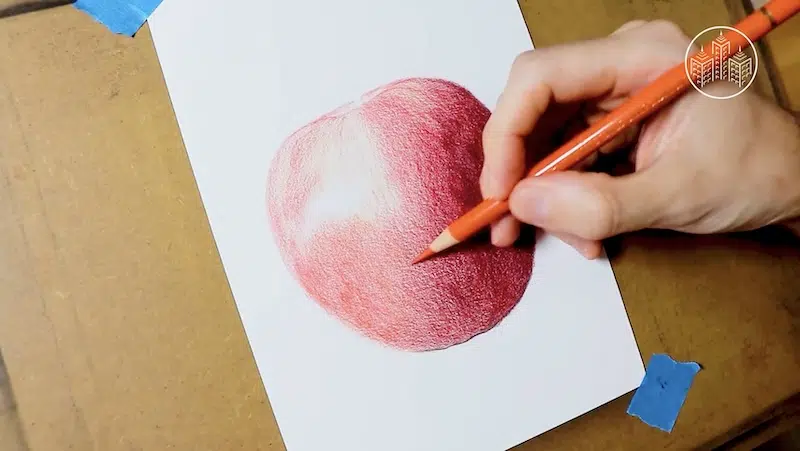
First you'll want to select your materials, and the type of colored pencils you choose can make a huge difference.
You might be wondering, What kind of colored pencils should I buy? Is one brand better than the other? The answer to both is that there’s not a definitive answer. Different brands may be better suited to different pursuits and preferences. One important thing to note, though, is that colored pencils aren’t made with lead like regular pencils. Rather, they consist of an oil- or wax-based core.
Much like ordinary pencils, colored pencil cores have varying levels of hardness, which will affect your ability to build up layers in your work.
“Softer” colored pencils have less oil or wax in their cores, and will be easier to lay down than their “harder” counterparts. This is important to remember when blending colors, as the increasing layers can eventually build up a waxy sheen and affect the finish of a project.
More also isn’t always better when it comes to picking out colored pencils. If you’re a beginner, don’t feel pressured to buy a large assortment of colored pencils from one brand. The beauty of having so many brands and options to choose from is that there’s a colored pencil out there for each of your needs. And thanks to techniques like optical blending, you don’t have to worry about purchasing pencils that are a 100% color match because color theory will take care of it.
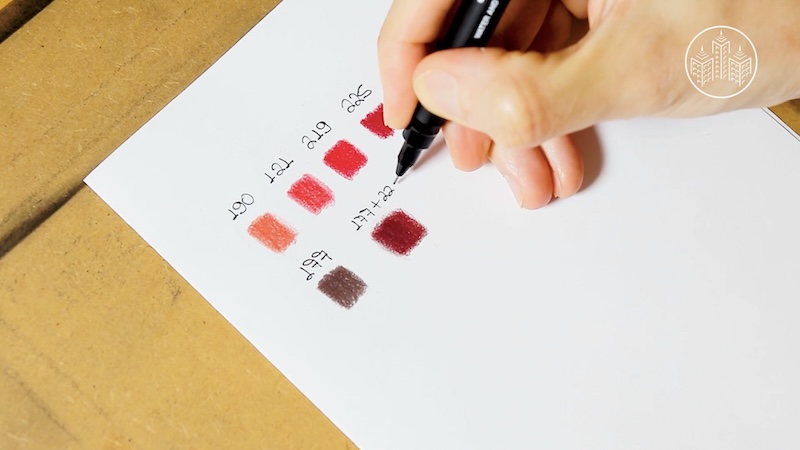
When it comes to creating your colored pencil masterpiece, the type of paper you use is just as important.
Although colored pencils are obviously the stars of the show when it comes to creating your masterpiece, the type of paper you use has a significant impact on the drawing’s final look. Colored pencils will generally work on most any kind of paper that allows for lead or graphite, but finish will depend on the paper’s surface, materiality, and overall quality.
Additionally, you may want to test out color blends and new techniques on a scrap paper that closely matches that of a final work. It’s an easy way to get an idea of how the colored pencil will look once a drawing is completed and a surprising time-saver.
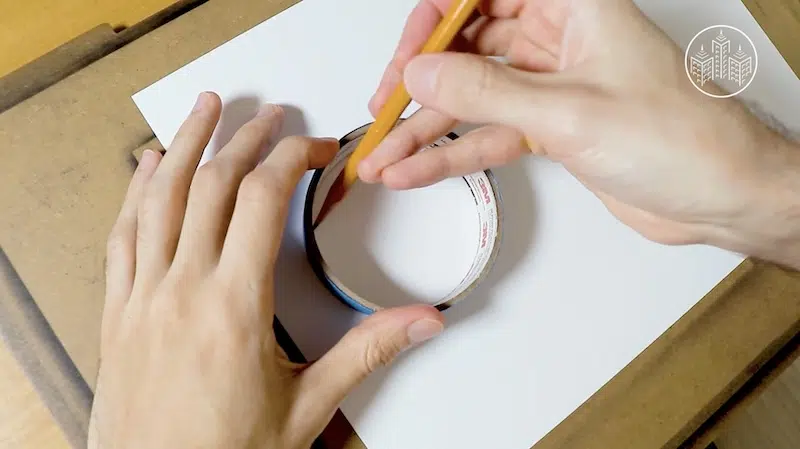
Practice blending colors to get the most interesting visual effects, whether you aim for a realistic result or a more abstract form.
There are many ways to blend colored pencils, but using a white pencil on top of the base colors is one surefire way to do so. First, lay down the colors you want to blend, taking care to apply appropriate pressure (too much can make the colors more resistant to blending, and too little can make the final product look weak). Then, use the white colored pencil to blend, doing so in small back-and-forth or circular motions. This joins the different colors together more seamlessly.

Most of all, it's important to be patient. Use this time to practice and experiment, to find out what works best for you.
Learning to draw with colored pencils may seem overwhelming at first, but with a little practice and experimentation, you’ll discover what works best for you. The creative possibilities of colored pencil are endless, and there’s always room to learn more. In Colored Pencil for Beginners, you can explore these possibilities under the guidance of award-winning pencil artist Matheus Macedo.
My Modern Met Academy: Website | Facebook | Instagram
Related Articles:
Take Your Colored Pencil Drawings to the Next Level With This New Online Class
3 Basic Shading Techniques to Elevate Your Drawings
Artist Shares Secrets of How To Draw Incredibly Realistic Portraits [Interview]
Learn How to Draw Your Favorite People in This Beginner-Friendly Online Class



